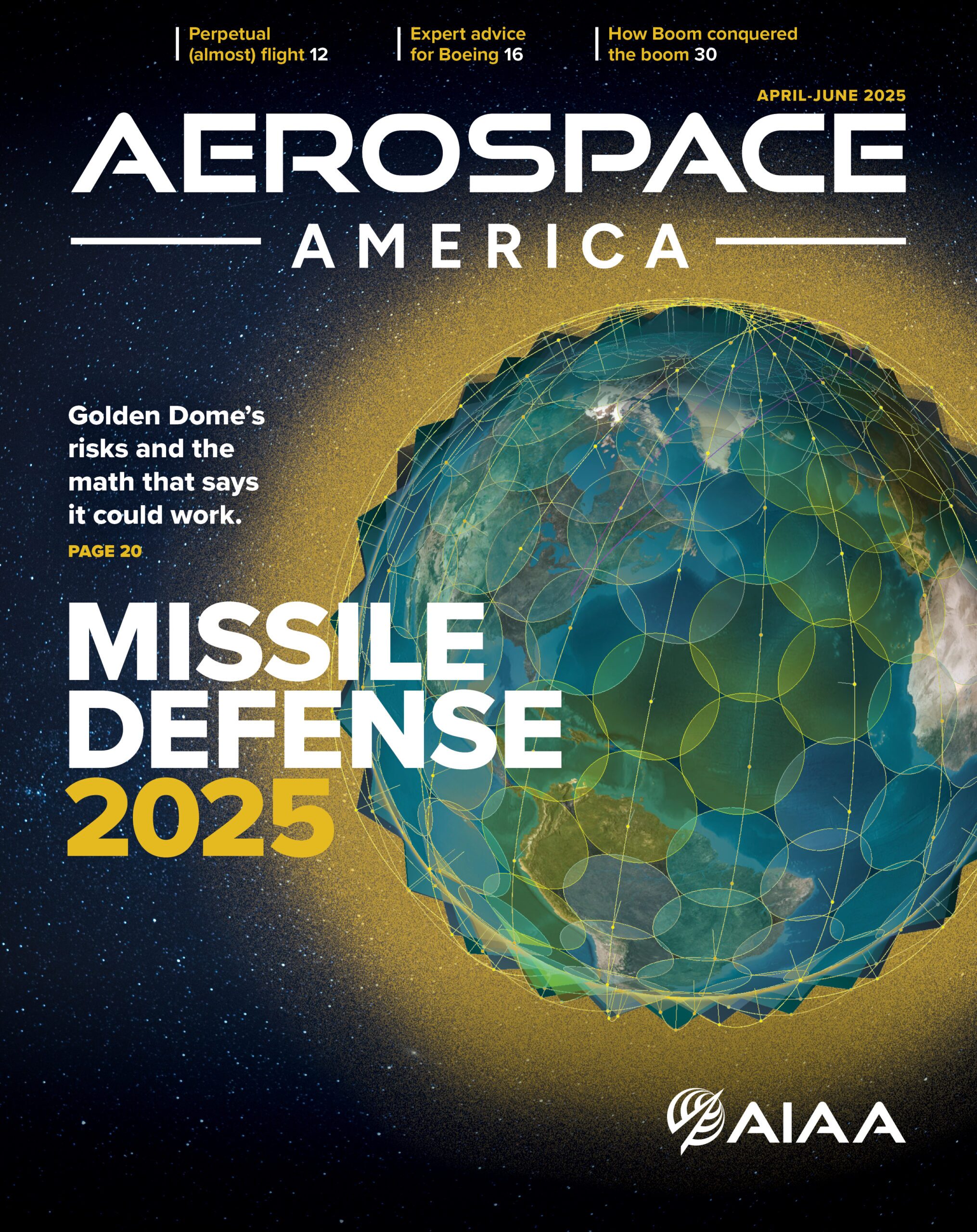Why did the helicopter crew seem not to see the jet?
The search for the cause of the deadly air collision over the Potomac River near Washington, D.C., has gravitated to questions of why and how a U.S. Army helicopter pilot flew into the path of a single-aisle American Eagle jet as it was coming in to land.
The collision just before 9 p.m. on a cold, glistening Wednesday evening in the U.S. capital region killed all 64 crew and passengers on the jet and the three crew members on the helicopter.
The UH-60 Black Hawk was on a flight over the Potomac River near Reagan National Airport. Moments before the collision with the Bombardier CRJ700 jet, an air traffic controller agreed to a request from the Black Hawk pilot for permission to navigate by “visual separation,” according to audio of the exchange broadcast by various outlets. The controller also asked the pilot, “do you have the CRJ in sight?” and instructed the pilot to pass behind the jet.
Military helicopters navigating the Potomac are not an unusual sight. “In D.C. it’s kind of a unique environment,” said Todd Inman, the National Transportation Safety Board’s board member on the scene, according to the livestream of Thursday’s press conference to announce the start of the investigation. “There are helicopter zones, if you will, or tracks, and this one was transiting I believe from Track 1 to Track 4 as part of their normal procedure.”
Earlier in the day, at the White House, Secretary of Defense Pete Hegseth described the helicopter’s mission. It was a “routine annual, retraining of night flights on a standard corridor for a continuity of government mission,” he said, using an emergency management term for protecting the White House, Capitol and government functions in a crisis. “Tragically, last night a mistake was made.”
He also referred to “some sort of an elevation issue,” a possible suggestion that one of the aircraft was at the wrong altitude. Inman, during the NTSB briefing, addressed the altitude question by saying “we can’t validate or basically corroborate any of that until we get more of the electronic data and the data that’s on the plane.”
Another question is whether the Black Hawk crew members were wearing night vision goggles. “That’s an important aspect of this investigation for the NTSB to get to first,” said pilot Clint Balog, a human factors research psychologist and associate professor for the Embry-Riddle Aeronautical University Worldwide campus. “If you want to see something more than a few degrees off center, you have to turn your head to see that area. And of course, you lose sight of what’s directly in front of you then,” he added, referring to the limited field of vision typically provided by night vision goggles.
Then there is the factor of Washington, D.C., at night. The city’s airport is nestled on the Virginia shore across from the lights of the White House, the monuments and the Capitol building, and is surrounded by numerous office buildings and highways on the D.C. and Virginia sides.
“All around is nothing but light,” said Balog. “That light saturation can make it very difficult to pick out a singular, particular aircraft because the lights on the aircraft will blend into the background of the lights on the ground, depending on relative position and all that.”
Possibly complicating matters for the helicopter crew: Video of the seconds before the collision shows the lights of a different jet taking off while the CRJ is descending. For Balog, this suggests the possibility that the helicopter pilot might have misunderstood which aircraft the controller meant when the controller asked if the CRJ was in view.
At the White House, President Donald Trump criticized the previous administration’s policy of diversity, equity and inclusion, a policy by the Biden administration that was meant to balance the gender and racial makeup up of the federal workforce. Asked by a reporter if he suspected DEI was the cause of the collision, Trump said, “It just could have been.”
At the NTSB briefing, Chairwoman Jennifer Homendy was asked about this exchange. “As part of any investigation, we look at the human, the machine and the environment. So we will look at all the humans that were involved in this accident,” she said.




